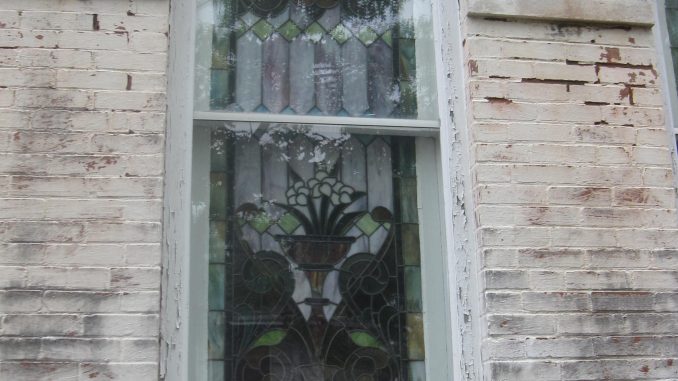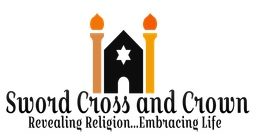
Old Testament rituals were types and shadows; pointing people to the future New Testament reality found in a saving relationship with Jesus Christ
The writer of Hebrews now shows his readers how the Old Covenant or Old Testament rituals were only types and shadows of the New Covenant or New Testament reality of Jesus Christ – “Then indeed, even the first covenant had ordinances of divine service and the earthly sanctuary. For a tabernacle was prepared: the first part, in which was the lampstand, the table, and the showbread, which is called the sanctuary; and behind the second veil, the part of the tabernacle which is called the Holiest of All, which had the golden censer and the ark of the covenant overlaid on all sides with gold, in which were the golden pot that had the manna, Aaron’s rod that budded, and the tablets of the covenant; and above it were the cherubim of glory overshadowing the mercy seat. Of these things we cannot now speak in detail. Now when these things had been thus prepared, the priests always went into the first part of the tabernacle, performing the services. But into the second part the high priest went alone once a year, not without blood, which he offered for himself and for the people’s sins committed in ignorance; the Holy Spirit indicating this, that the way into the Holiest of All was not yet made manifest while the first tabernacle was still standing. It was symbolic for the present time in which both gifts and sacrifices are offered which cannot make him who performed the service perfect in regard to conscience – concerned only with foods and drinks, various washings, and fleshly ordinances imposed until the time of reformation.” (Hebrews 9: 1-10)
The tabernacle was a sacred or holy place; set apart for God’s presence. God had told them in Exodus – “And let them make Me a sanctuary, that I may dwell in their midst.” (Exodus 25: 8)
The lampstand was a menorah, patterned after a flowering almond tree, which provided light for the priests who served in the holy place. It was symbolic of Christ who was the true light who was to come into the world. (Exodus 25: 31)
The bread, or ‘bread of the Presence,’ consisted of twelve loaves of bread which were placed on a table in the north side of the Holy Place. This bread symbolically ‘acknowledged’ that the twelve tribes of Israel were continually sustained under God’s care. It also symbolized Jesus, who was the Bread that came from heaven. (Exodus 25: 30)
The golden censer was a vessel in which incense was presented on the golden altar before the Lord. The priest would fill the censer with live coal from the sacred fire of burnt offering, carry it into the sanctuary, and then throw the incense upon the burning coals. The altar of incense was symbolic of Christ as our intercessor before God. (Exodus 30: 1)
The ark of the covenant was a wooden box, overlaid with gold inside and out which contained the tablets of the law (the ten commandments), the golden pot with the manna, and Aaron’s rod that budded. The cover of the ark was the ‘mercy seat’ where atonement took place. MacArthur writes “Between the Shekinah glory cloud above the ark and the tablets of law inside the ark was the blood-sprinkled cover. Blood from the sacrifices stood between God and the broken law of God.”
The time of “reformation” came when Jesus died and shed His blood for our sins. Until this time, God only ‘passed over’ our sins. The blood of various animals offered under the Old Testament were not sufficient to remove sin.
Today, we are only ‘made right with God,’ or justified through faith in Jesus Christ. Romans teaches us – “But now the righteousness of God apart from the law is revealed, being witnessed by the Law and the Prophets, even the righteousness of God, through faith in Jesus Christ, to all and on all who believe. For there is no difference; for all have sinned and fall short of the glory of God, being justified freely by His grace through the redemption that is in Christ Jesus, whom God set forth as a propitiation by His blood, through faith, to demonstrate His righteousness, because in His forbearance God had passed over the sins that were previously committed, to demonstrate at the present time His righteousness, that He might be the just and the justifier of the one who has faith in Jesus.” (Romans 3: 21-26)
REFERENCES:
MacArthur, John. The MacArthur Study Bible. Wheaton: Crossway, 2010.
Pfeiffer, Charles F., Howard Vos and John Rea, eds. Wycliffe Bible Dictionary. Peabody: Hendrickson, 1975.
Scofield, C. I. The Scofield Study Bible. New York: Oxford University Press, 2002.

